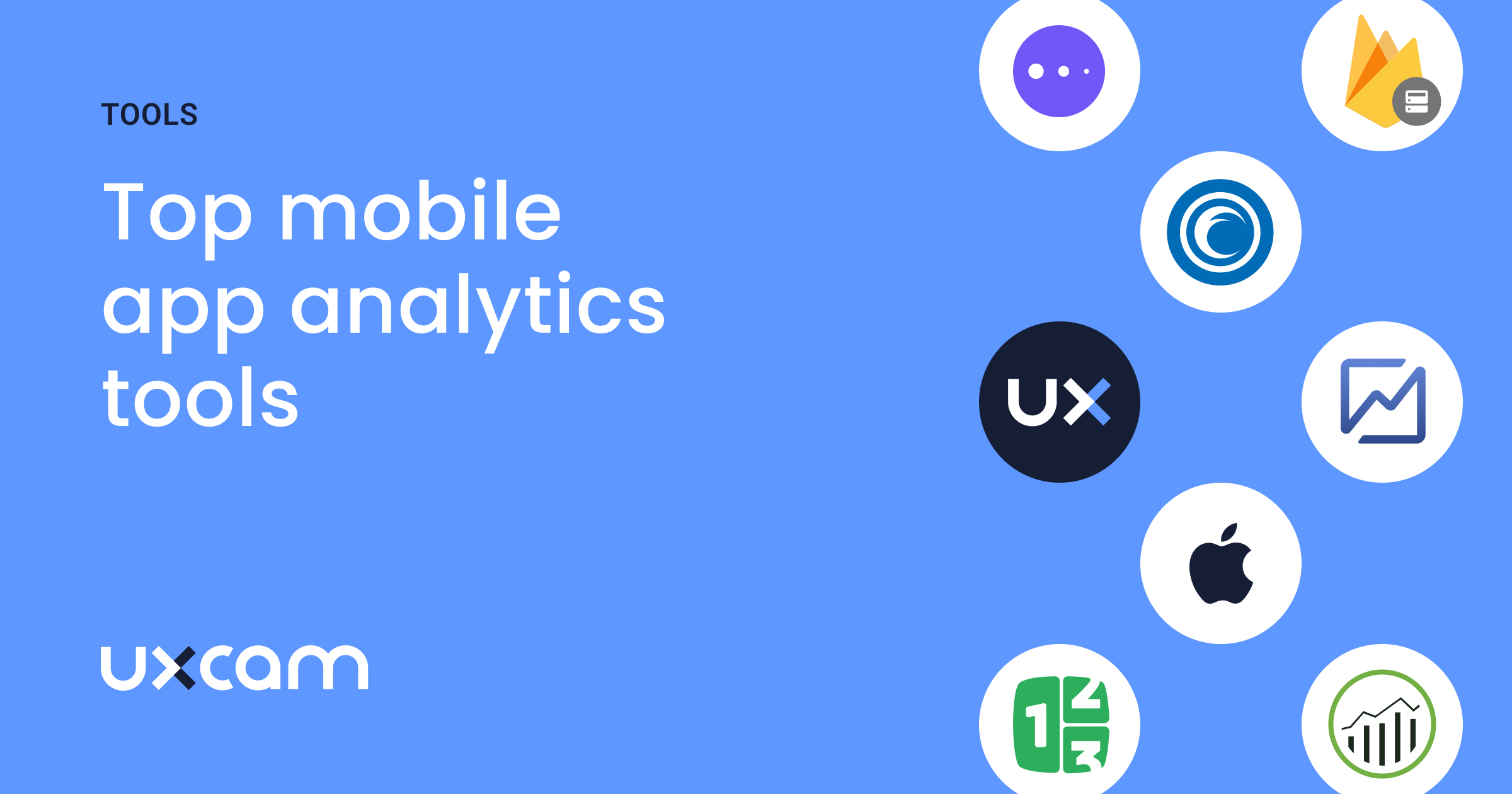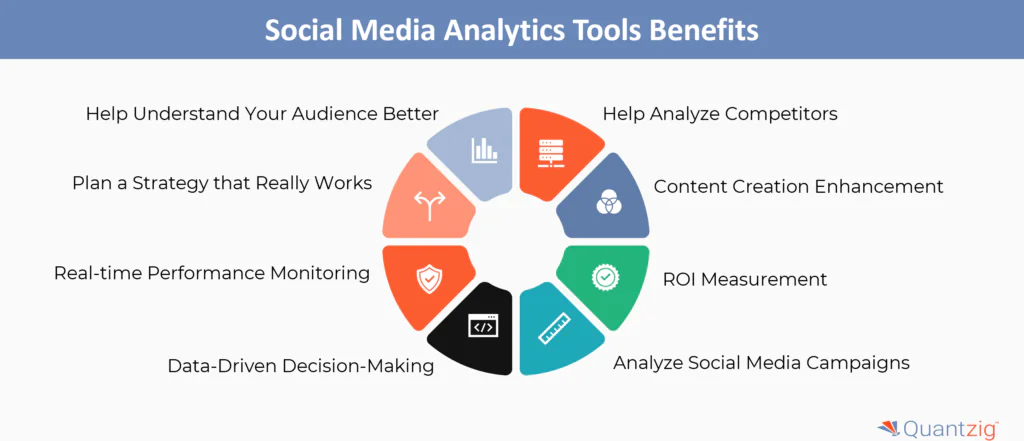Increase Effectiveness and Earnings Via Information Analytics
In today's data-driven landscape, businesses are increasingly recognizing the critical function of data analytics in enhancing functional efficiency and profitability. By systematically assessing data, companies can uncover important understandings that educate strategic decisions, improve processes, and tailor client experiences.
Understanding Data Analytics
In today's data-driven landscape, comprehending information analytics is crucial for companies aiming to improve operational efficiency and drive success. Data analytics involves the systematic computational evaluation of information sets to discover patterns, correlations, and understandings that notify decision-making. By employing different techniques, such as statistical evaluation, artificial intelligence, and anticipating modeling, organizations can transform raw data into actionable intelligence.
The process typically begins with information collection, where appropriate information is gathered from several resources, including transactional data sources, client interactions, and market patterns. This data is then cleaned up and arranged to guarantee precision and consistency. Once the information is prepared, analytical tools and software application are used to check out and imagine the info, making it possible for stakeholders to identify abnormalities and fads.
Ultimately, recognizing data analytics equips organizations to make enlightened decisions based upon empirical evidence instead of instinct. It facilitates targeted strategies that can optimize resource appropriation, enhance customer complete satisfaction, and enhance total efficiency. As services significantly identify the worth of data-driven understandings, a strong grip of information analytics becomes a crucial expertise for teams and leaders alike, placing them for continual success in an affordable setting.

Key Advantages for Businesses
Companies that leverage data analytics can open a multitude of advantages that significantly boost their operations and earnings. One of the main advantages is boosted decision-making. Data analytics provides actionable understandings derived from real-time data, permitting companies to make educated choices that line up with market demands and consumer preferences.

In addition, information analytics promotes enhanced consumer experiences. By recognizing customer habits and choices, businesses can tailor their offerings, leading to enhanced contentment and commitment. This tailored strategy typically leads to higher conversion prices and repeat company.
Additionally, data analytics enables companies to determine emerging patterns and opportunities. By staying ahead of the curve, organizations can take advantage of brand-new markets and developments prior to their rivals.
Applying Data-Driven Strategies
Effective application of data-driven techniques requires an extensive understanding of both offered data and business goals sources. Organizations should initially specify their goals clearly, ensuring alignment in between data initiatives and tactical purposes. This clearness enables teams to concentrate on appropriate metrics and insights that drive decision-making.
Following, companies should analyze their existing data framework. This entails assessing information top quality, availability, and website link integration capacities. High-quality information is necessary for accurate analysis, as inadequate information can lead to misdirected strategies and wasted resources. Organizations has to establish procedures for data collection, cleansing, and administration to preserve information stability.
In addition, fostering a data-driven society is critical. Workers in all levels should be encouraged to utilize data in their everyday procedures. Training workshops and programs can boost information literacy, empowering personnel to make enlightened decisions based on analytical understandings.
Tools and Technologies Summary
A robust suite of devices and innovations is crucial for organizations aiming to harness the full potential of information analytics. These devices promote the collection, handling, and visualization of data, enabling companies to derive workable understandings.
At the fundamental degree, information management platforms such as SQL data sources and NoSQL systems give efficient data storage and access capacities. For data handling and evaluation, programs languages like Python and R, in addition to structures such as Apache Spark, allow intricate computations and maker discovering applications.
Visualization devices, consisting of Tableau and Power BI, transform raw data right into intuitive visual styles, making insights easily accessible to stakeholders in any way levels. Additionally, cloud-based platforms like Google Cloud and AWS offer scalable storage space and handling services, fitting the growing quantities of information companies run into.
For sophisticated analytics, predictive modeling and AI-driven remedies are increasingly taken on, enabling companies to forecast fads and improve decision-making processes. Incorporating these devices into existing operations is critical; organizations that effectively leverage this modern technology can considerably enhance functional efficiency and drive earnings. Therefore, investing in the right tools and technologies is a critical essential for any kind of data-driven organization.
Study of Success
Leveraging information analytics has actually led many organizations to accomplish exceptional improvements in effectiveness and productivity. One notable situation is a large retail chain that implemented anticipating analytics to maximize stock monitoring. By analyzing historical sales data and client fads, the firm lowered excess inventory by 30%, resulting in substantial cost savings and redirected here enhanced capital.
One more example can be discovered in the production market, where a leading auto producer used information analytics to improve its manufacturing procedures. By checking equipment performance in real-time, the company determined traffic jams and inadequacies, causing a 20% rise in general devices efficiency (OEE) This not just boosted production prices yet additionally reduced downtime and maintenance costs.

These instance research studies highlight exactly how data analytics can drive calculated decision-making, maximize procedures, and inevitably improve both efficiency and success across numerous sectors.
Conclusion
Finally, the assimilation of data analytics into company operations provides considerable possibilities for boosting efficiency and profitability. By methodically examining data, organizations can recognize inefficiencies, optimize client experiences, and make educated decisions. The fostering of anticipating modeling and real-time monitoring further allows companies to remain in advance of arising trends and allot resources efficiently. Eventually, the tactical application of data-driven techniques fosters sustained affordable benefits and drives significant improvements in operational efficiency and economic end results.
In today's data-driven landscape, understanding information analytics is important for companies intending to improve operational efficiency and drive productivity. Data analytics includes the methodical computational analysis of data sets to uncover patterns, relationships, and insights that inform decision-making. Data analytics gives workable insights obtained from real-time data, permitting organizations to make informed choices that straighten with market needs and consumer preferences.
Premium data is essential for accurate analysis, as inadequate data can lead to misguided approaches and wasted sources. Organizations needs to establish procedures for information collection, cleaning, and monitoring to preserve data see this website stability.